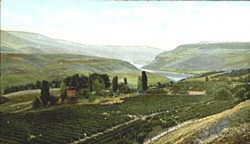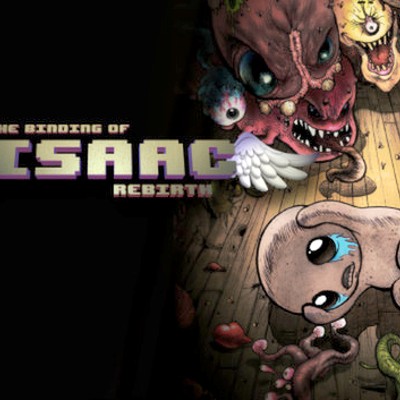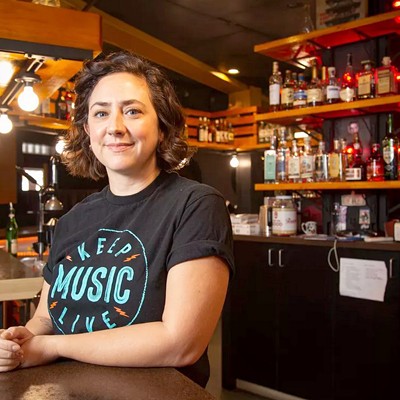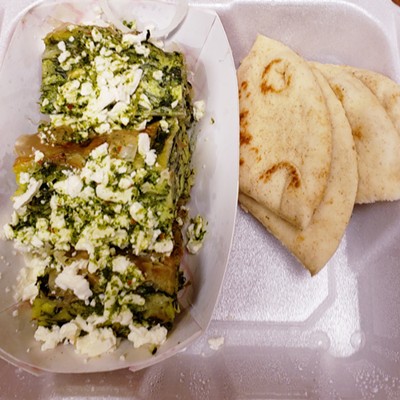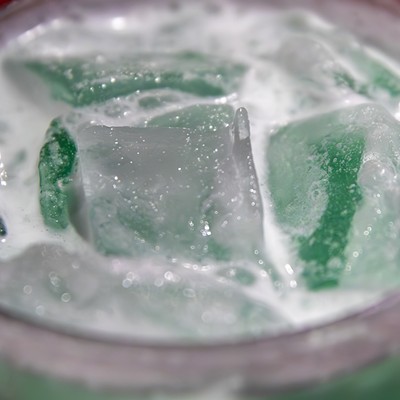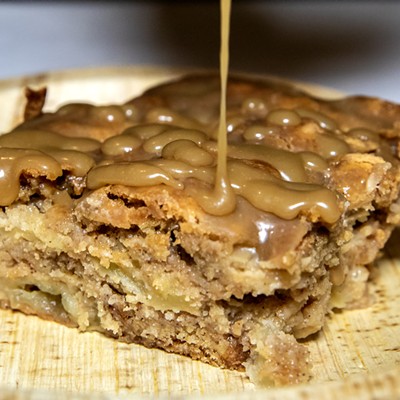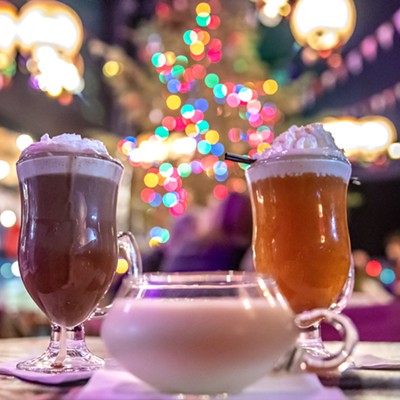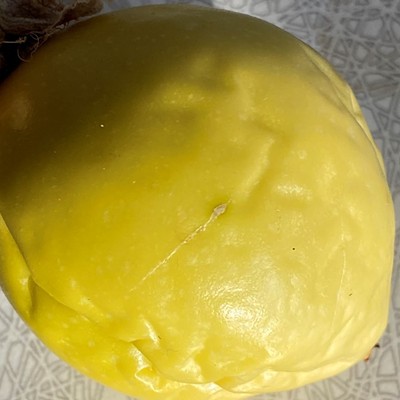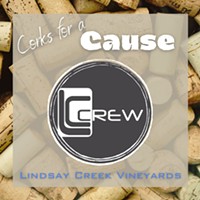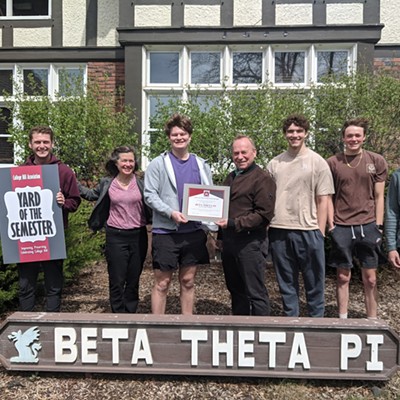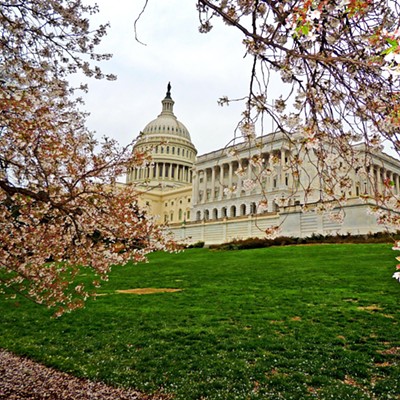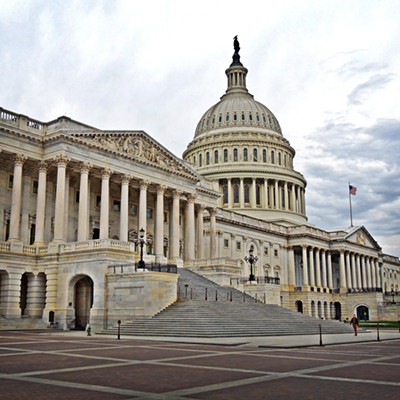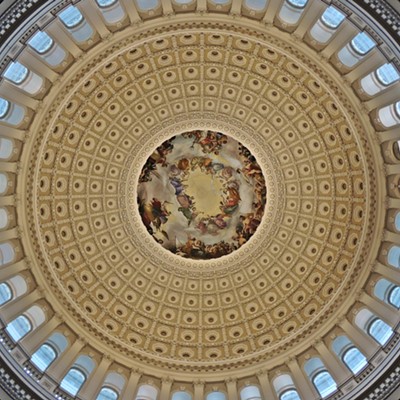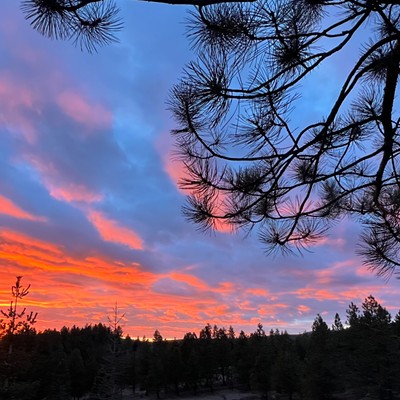If history had gone differently, it might be vineyards lining the sloping hills and waterfront along the Clearwater River east of Lewiston rather than a paper mill. And in fact, 100 years ago, that’s how it was.
Lewiston’s long-standing winemaking heritage will be the subject of a lecture by local history buff Steve Branting on Wednesday at Lindsay Creek Vineyard. He will discuss a few early personalities that were instrumental in producing the award-winning wines that came out of the region in the early 1900s, along with geological, environmental and political forces that contributed to its success and later demise.
The development of wine vineyards in the Lewiston-Clarkston Valley is nothing new -- it’s the third movement of its kind since wine grapes were first cultivated here by the 1860s. During that time, Branting said, Wesley Mulkey, one of the early pioneers of Lewiston, planted large-scale orchards that included grapes. Challenges arose and Mulkey sold his land to John Lindsay, for whom Lindsay Creek is named. Lindsay continued to develop the land and was successful in the fruit industry.
In addition to Mulkey and Lindsay, there were two Frenchmen who came to Lewiston who had experienced European vineyard-growing culture first hand. Louis Delsol came in 1866 and Robert Schleicher arrived in 1872. Both of them planted acres of vineyards on the land where Clearwater Paper now exists.
With their winemaking heritage, they recognized that the valley’s mild winters, lack of humidity, plentiful irrigation water and northern-facing slopes were ideal for producing wine grapes, Branting said. Besides a unique weather environment, almost separate from its surroundings, the valley has deep, fertile soil as a result of its geological history.
In addition to the bountiful orchards that once dominated the valley’s landscape, wine and wine grapes were a major industry, Branting said. And what came out of it was no less impressive. Schleicher’s wines earned a number of awards, including a gold medal at the 1901 Buffalo Pan-American Exposition and first place at the St. Louis World’s Fair in 1904.
It was the prohibition law that brought this golden era to a close: Nez County voted to go dry in 1910 and the whole state of Idaho in 1916, four years before Prohibition was nationalized in 1920. Beer, whiskey and the like went underground; it could be produced in dark basements. Wine could not. As demand shriveled, Branting said, so did the vines that once grew prize-winning wine grapes.
After Prohibition was lifted in 1933, a second winemaking effort began with Gregory Eaves, who established the first bonded winery in Idaho in 1935. The effort, located near the stone pillars that flank Eighth Street near Modie Park, was short-lived, Branting said.
Branting will explore this history of winemaking through Prohibition in greater detail during his talk, which will include stories of its sometimes unusual characters, historic photos and published excerpts and advertising once used to draw people to the region.
“The weather was special here and the soil was special,” Branting said. “It’s a rich legacy people are bringing back.”
The event is offered free of charge and wine, beer and heavy hors d’oeuvres will be available for purchase, along with coffee and soda pop. Copies of Branting’s book, “Wicked Lewiston,” will also be for sale. Seating is limited to 100; to reserve your seat, email Branting at sbranting@lewistonschools.net.
If you go:
WHAT: “Wet My Mind That I May Say Something Clever: The First Blooming of Lewiston’s Vinting Heritage”
WHEN: 7 p.m. Wednesday
WHERE: Lindsay Creek Winery, 3107 Powers Ave., Lewiston
COST: Free. Seating is limited; email Branting at sbranting@lewistonschools.net to reserve a seat.

